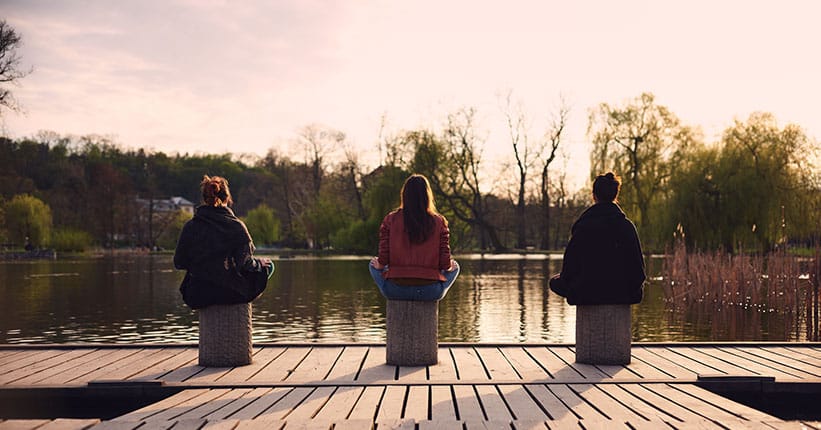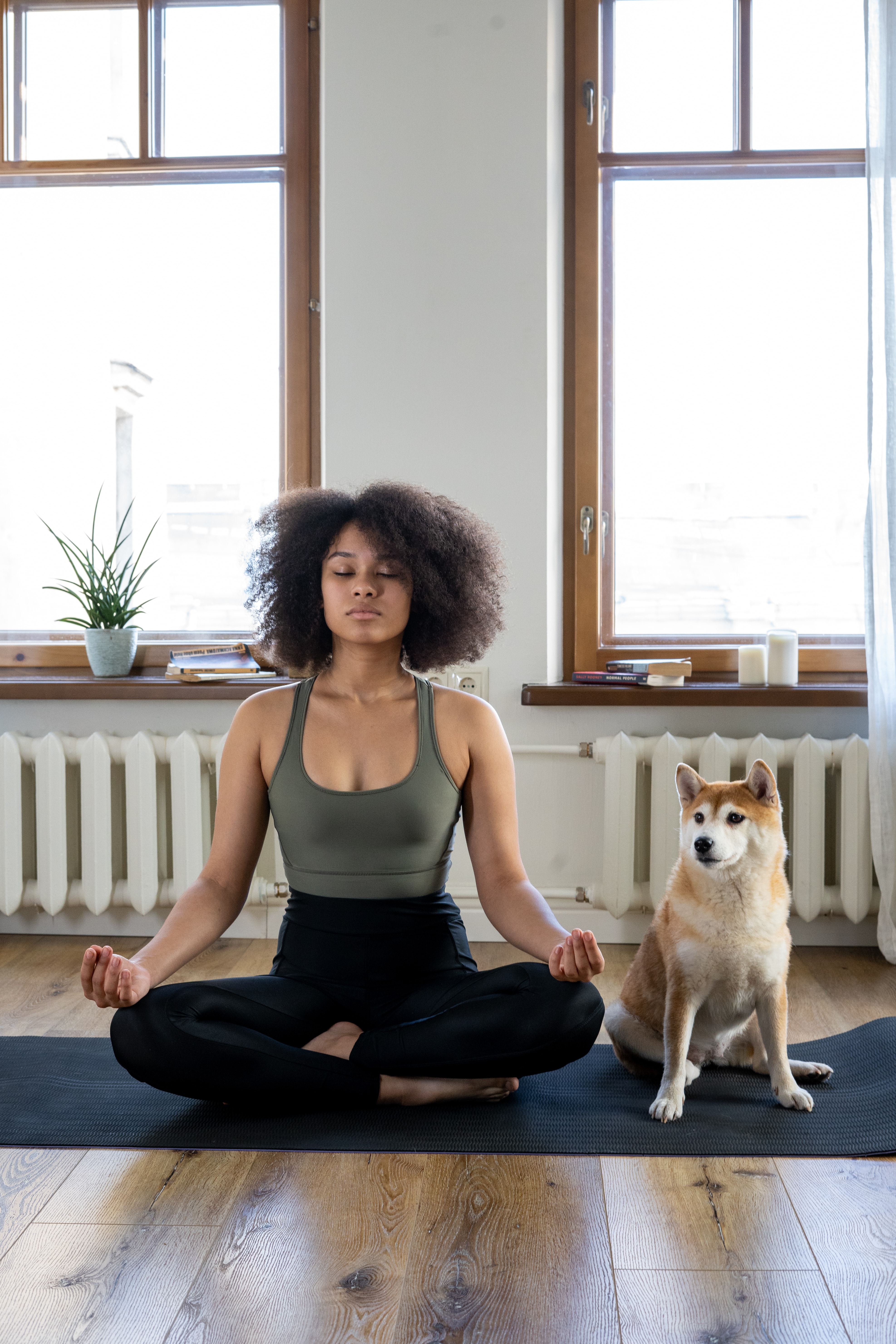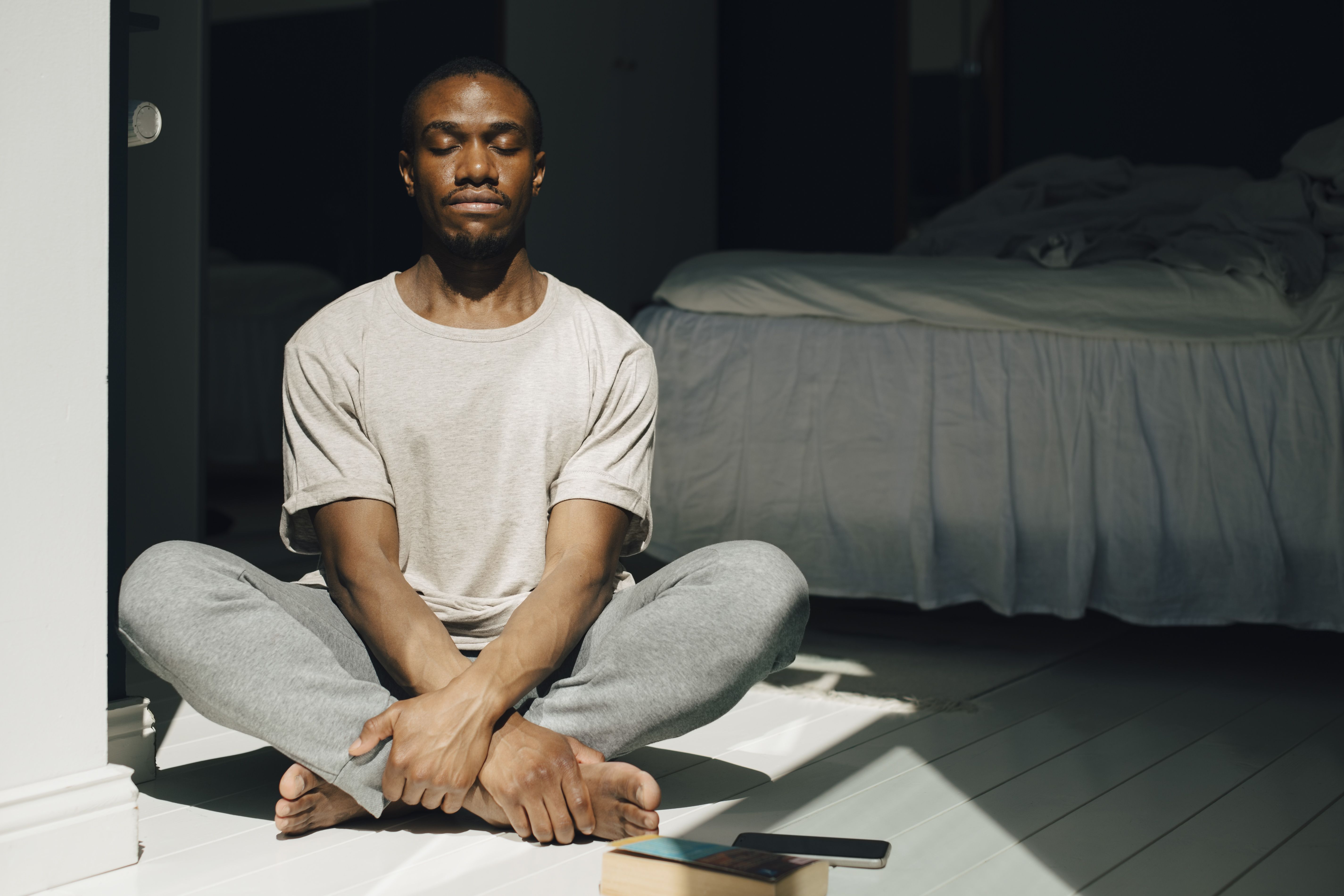How to Meditate? Discovering Different Techniques for a Tranquil Mind
How to Meditate? Discovering Different Techniques for a Tranquil Mind
Blog Article
Exactly How to Meditate: A Step-by-Step Approach to Achieving Mindfulness and Calm
Reflection serves as an effective tool for accomplishing mindfulness and emotional calmness in a hectic world. By comprehending the essential principles and strategies involved in meditation, individuals can cultivate a practice that boosts their overall well-being.
Understanding Meditation
Understanding meditation involves realizing its basic principles and techniques, which function as the foundation for the method. At its core, reflection is a mental exercise aimed at advertising relaxation, building interior power, and creating compassion and insight. The technique motivates individuals to focus their focus, often via strategies such as deep breathing, visualization, or mantra rep.
Reflection can be classified right into various designs, consisting of mindfulness, transcendental, and loving-kindness reflection, each with distinct functions and approaches. Mindfulness reflection highlights present-moment awareness and non-judgmental monitoring of sensations and ideas, while copyright entails using details concepts to transcend average mind. Loving-kindness reflection concentrates on creating a perspective of love and empathy in the direction of oneself and others.
Regardless of the method employed, the main objective remains regular: to cultivate a much deeper understanding of the mind and its patterns. This self-awareness fosters emotional resilience, quality of thought, and a profound feeling of tranquility (How to meditate?). By recognizing these methods and concepts, people lay the groundwork for a successful reflection method that can considerably boost their total health
Planning For Your Technique
Before starting your reflection practice, it is necessary to create a setting for concentrate and relaxation. Select a peaceful area where you are not likely to be interrupted. This can be an edge of a room, a yard, or any location that evokes a sense of tranquility. Make sure that the location is complimentary and tidy of clutter, as a neat setting can aid clear the mind.
Think about the illumination, as all-natural light can improve your state of mind and power. Soft, warm illumination is often more calming than severe fluorescent lights. Additionally, choose a comfortable temperature, ensuring that you are neither as well warm nor too cool.
Including elements that promote serenity can additionally boost your experience. This could consist of soft cushions or blankets for convenience, in addition to calming scents from essential oils or scent. It can additionally be useful to have actually a timer established for your reflection session to stop distractions from clock-watching.
Fundamental Meditation Strategies

Another effective technique is body scan meditation. This includes mentally scanning your body from head to toe, noticing any type of areas of stress or pain and consciously kicking back those muscles. This technique fosters a much deeper connection between your body and mind.

Finally, loving-kindness meditation focuses on cultivating empathy towards on your own and others. Calmly repeat expressions of goodwill, improving psychological health and interconnectedness. Each of these methods functions as a foundation for your meditation trip, enabling you to find the technique that reverberates best with your individual method.
Keeping Focus and Mindfulness

Developing a devoted reflection area can enhance the ability to preserve mindfulness. A silent, minimalist atmosphere reduces interruptions, permitting for much deeper immersion in the method. Additionally, setting a time frame can help take care of expectations; beginning with much shorter sessions may ease the shift into longer techniques.
Using methods such as body scanning or observing sensations can likewise reinforce mindfulness. These techniques urge specialists to stay have a peek here existing and involved with their physicality, securing their interest in the minute. Regular practice is essential; the brain builds resilience gradually, producing a more powerful ability for focus.
Incorporating Meditation Into Life
Integrating meditation right into everyday life can transform routine tasks right into opportunities for mindfulness and self-reflection. By integrating mindfulness practices into usual tasks, individuals can cultivate a higher sense of visibility and serenity amidst the numerous hours of day-to-day life.
Begin by determining moments throughout your day where you can stop and practice mindfulness. For circumstances, during your morning commute, focus on your breath or the experiences of the atmosphere around you. In the cooking area, method food preparation as a reflective method, relishing the textures, shades, and aromas of the components. Also ordinary tasks like walking or washing meals can become chances for reflection by guiding your focus to the sensations of movement and the audios bordering you.
Furthermore, reserving dedicated times for reflection can strengthen its practice. Begin with short sessions, progressively enhancing duration as you become more comfy. Usage pointers or cues-- like a certain time of day or a soothing noise-- to establish uniformity.
Ultimately, the objective is to weave mindfulness right into the material of day-to-day live, allowing you to come close to each moment with purpose, thereby improving your overall sense of health and clarity.
Final Thought
In final thought, effective reflection calls for a silent setting, a comfy placement, and a focus on the breath. Normal meditation, even in brief sessions, fosters a much deeper link to the existing moment, eventually leading to greater calm and mental clarity in day-to-day life.
Reflection can be classified into different designs, including mindfulness, transcendental, and loving-kindness reflection, each with distinct functions and methods. Mindfulness reflection stresses present-moment understanding and non-judgmental monitoring of sensations and ideas, while transcendental reflection involves the usage of details concepts to go beyond normal thought processes.With your meditation room my website prepared, it's time to check out different fundamental meditation techniques that can help grow mindfulness and internal tranquility.Regularly preserving emphasis and mindfulness during reflection can be difficult, specifically for those brand-new to the method.Establishing a devoted reflection space can boost the capacity to maintain mindfulness.
Report this page